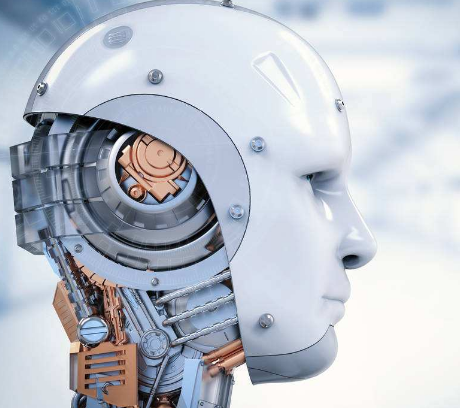Researchers at the Massachusetts institute of technology's media lab are developing a system that will allow toddlers to write interactive robots by sticking stickers on them.
The system will not only introduce children to programming principles, but also serve as a research tool to help determine what computing concepts children can master and how interactive robots can best be integrated into educational curricula.
Last week, at the international conference on human-computer interaction of the computer society and the society of electrical and electronic engineers, researchers presented preliminary results of the system, which looked at the use of children ages 4 to 8.
"We don't want to put it in the digital world, but in the physical world," said michal Gordon, a postdoctoral fellow in media arts and sciences and lead author of the new paper."It's a sandbox for exploring computing concepts, but it's a sandbox, and it comes into the world of children."
For their study, MIT researchers used an interactive robot called Dragonbot, developed by the personal robotics group at the media lab and led by Cynthia Breazeal, an associate professor of media arts and sciences.Dragonbot has audio and visual sensors, voice synthesizers, a range of expressive gestures, and a video screen for facial expressions.The programs created by children determine how the dragon fair responds to stimuli.
"It's programmed in a relational and interactive environment with robots," says Edith Ackermann, a developmental psychologist and visiting professor in the personal robotics group, who co-authored the new paper with Gordon and Breazeal."That's what kids do, they're learning about social relationships.Therefore, it is appropriate to express this calculation principle to the social world."
The lessons of perseverance
The root part of the programming system is the triangle and circle sticker, representing stimulus and response respectively, and the arrow sticker, representing the relationship between them.Children can create computational "templates" by pasting triangles, circles, and arrows onto laminated paper.They then filled in details with stickers representing specific stimuli, such as thumbs up or down, and responses, such as the narrowing or enlargement of the eyes in the keel.There are also blank stickers where older children can write their own verbal cues and responses.
Researchers at the personal robotics group are developing a computer vision system that lets children send new programs to Dragonbot simply by sticking sticker pages on their cameras.But for the purposes of the new study, the performance of the system must be completely reliable, so one of the researchers will use a tablet computer with a touchscreen interface to manually enter a sequence of stimuli and responses designed for children.Icon that represents all available options.
To introduce a new theme into the system, the researcher asks him or her to issue a separate command, with a response sticker attached to a small laminate.Dragonbot executes this command when a worksheet is provided.But when it comes to a program, it nods and says, "I've got it."Thereafter, as soon as it receives the corresponding stimulus, it executes the specified response chain.
Even the youngest subjects were able to distinguish between individual commands and programs, and interviews after their sessions showed that they understood the difference between programs and commands, modifying the internal state of the robot.The researchers plan further studies to determine their level of understanding.
Paradigm shift
In fact, the sticker system is designed to encourage a new way of thinking about programming that might be more in line with 21st-century computing.
"The systems we program today are not sequential because they were 20 or 30 years ago," Gordon said."" a system has many inputs, goes into complex states and many outputs.For example, the phone might be monitoring incoming traffic over wi-fi and cellular networks while playing video, transmitting audio over bluetooth, and running a timer when the rice on the stove is finished cooking.
Gordon explained that as a computer science graduate student at the Weizmann institute of science in Israel, she worked with her advisor David Harel on a new programming paradigm called scenario-based programming."The idea is to describe your code in very few scenarios, with the engines behind them connecting them," she explains."You can think of it as rules, triggers and actions."Gordon and her colleagues' new system can be used to introduce children to traditional sequential programming principles.But it's great for scenario-based programming.










